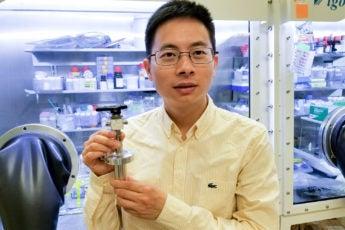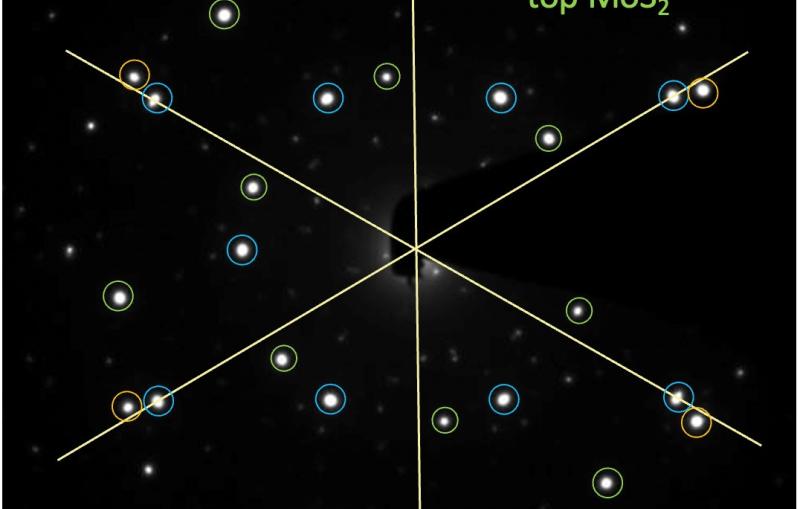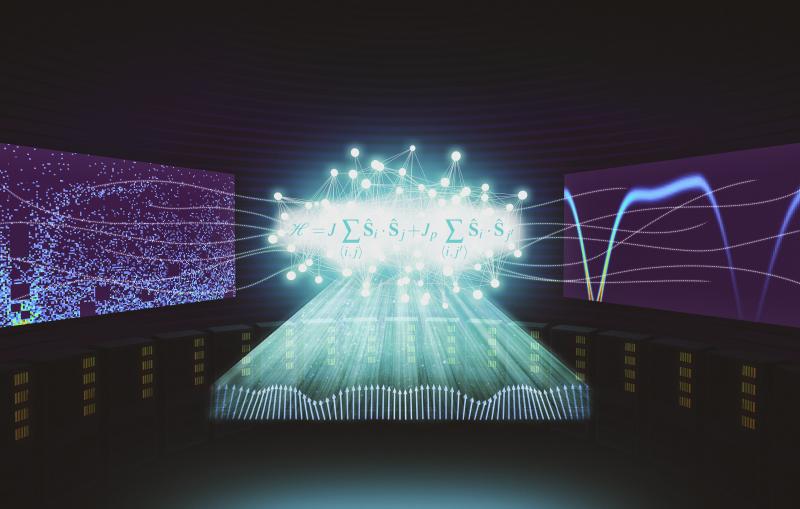May 2, 2018
Stanford, SLAC Researchers Have Developed a Water-Based Battery to Store Solar and Wind Energy
SIMES scientists have developed a manganese-hydrogen battery that could fill a missing piece in the nation’s energy puzzle by storing wind and solar energy for when it is needed, lessening the need to burn carbon-emitting fossil fuels.

Dig Deeper





